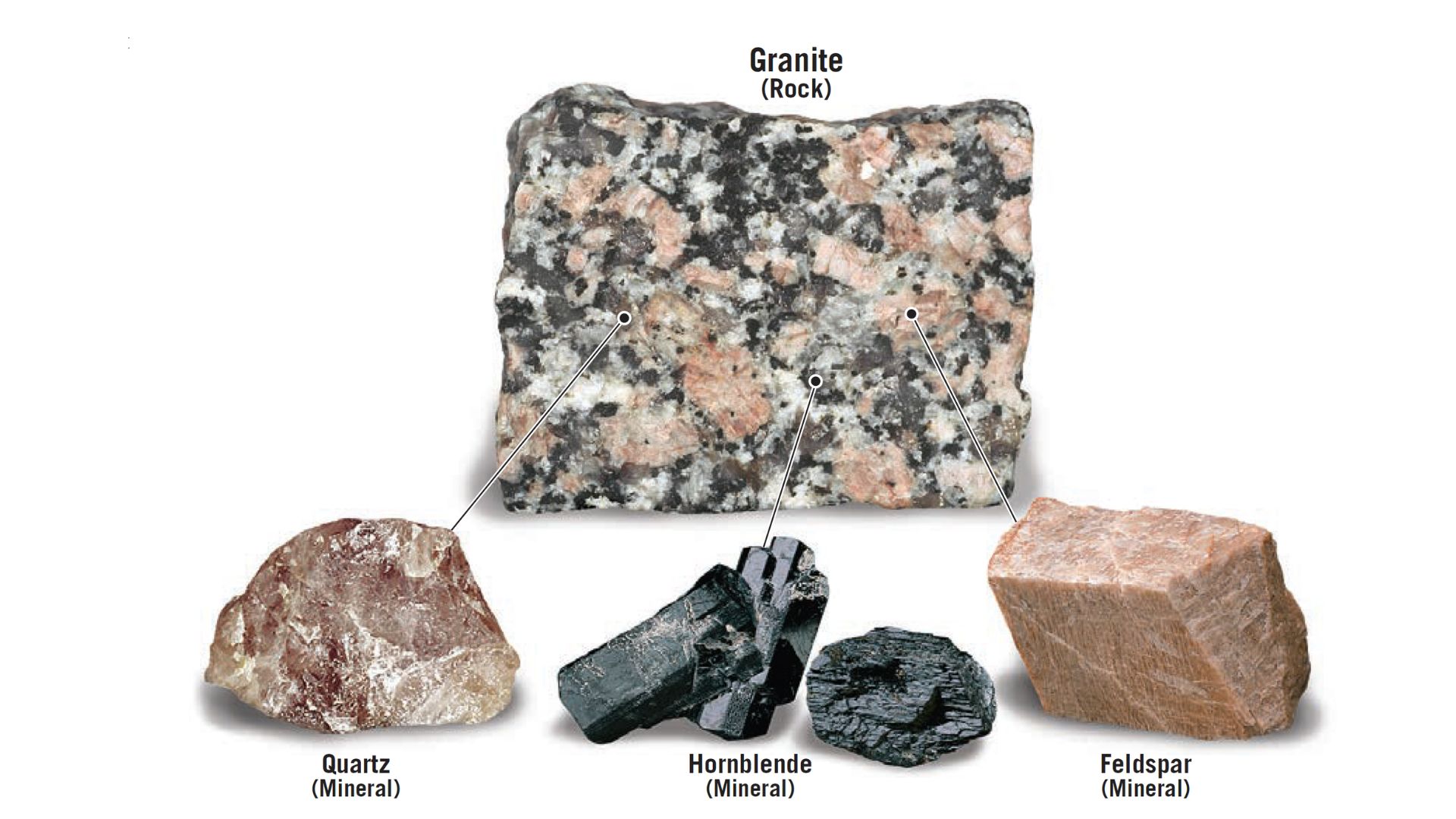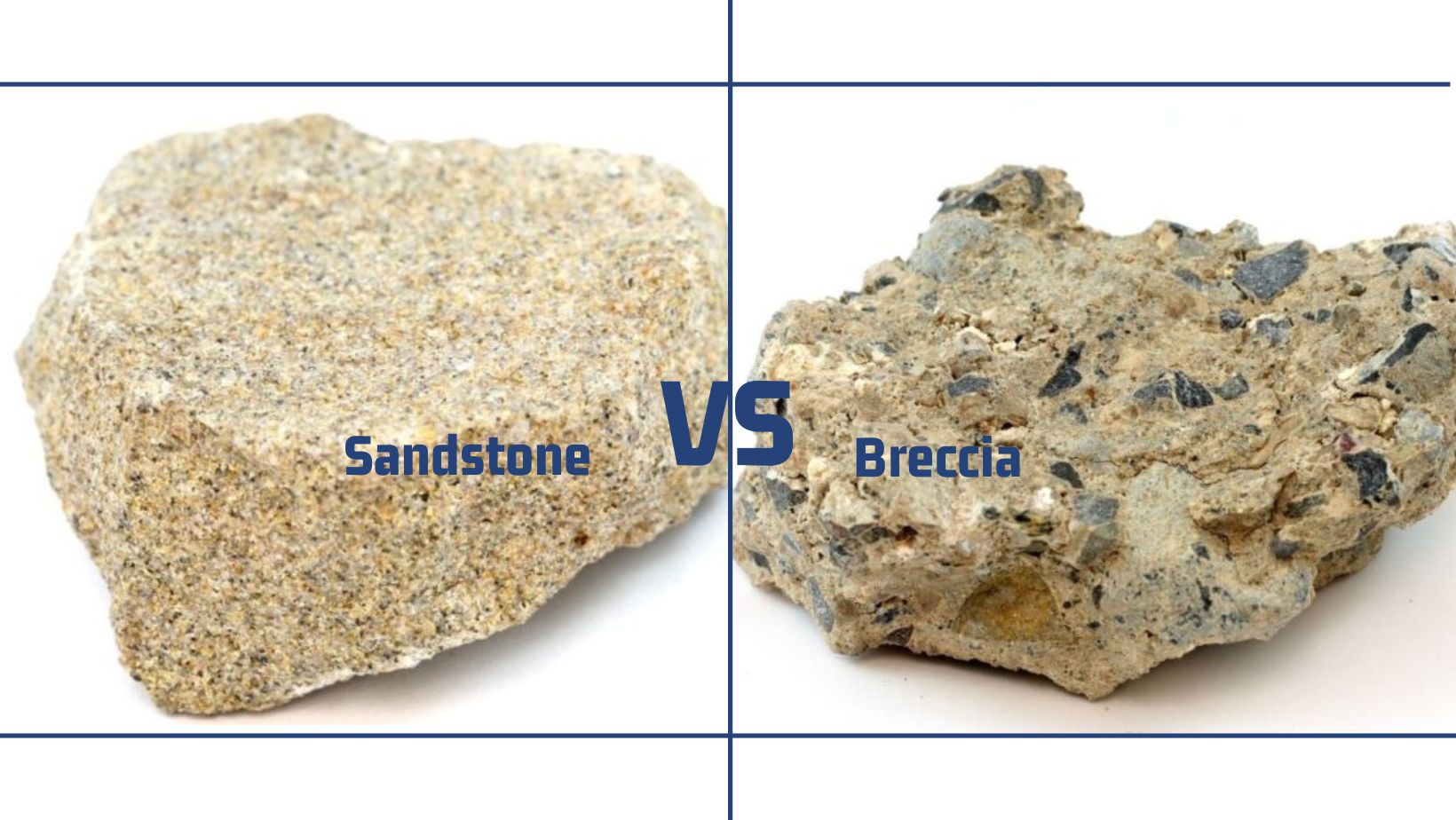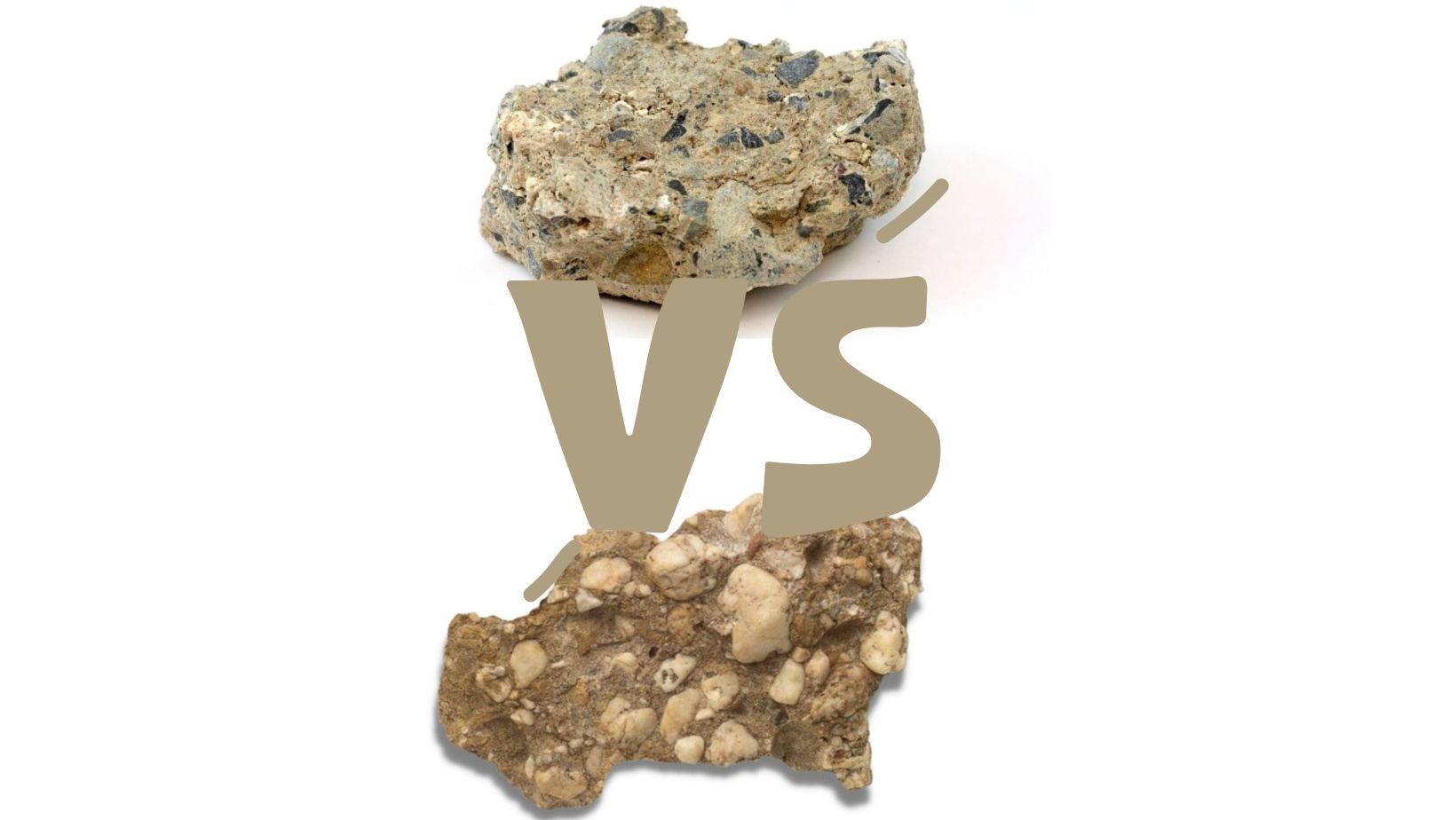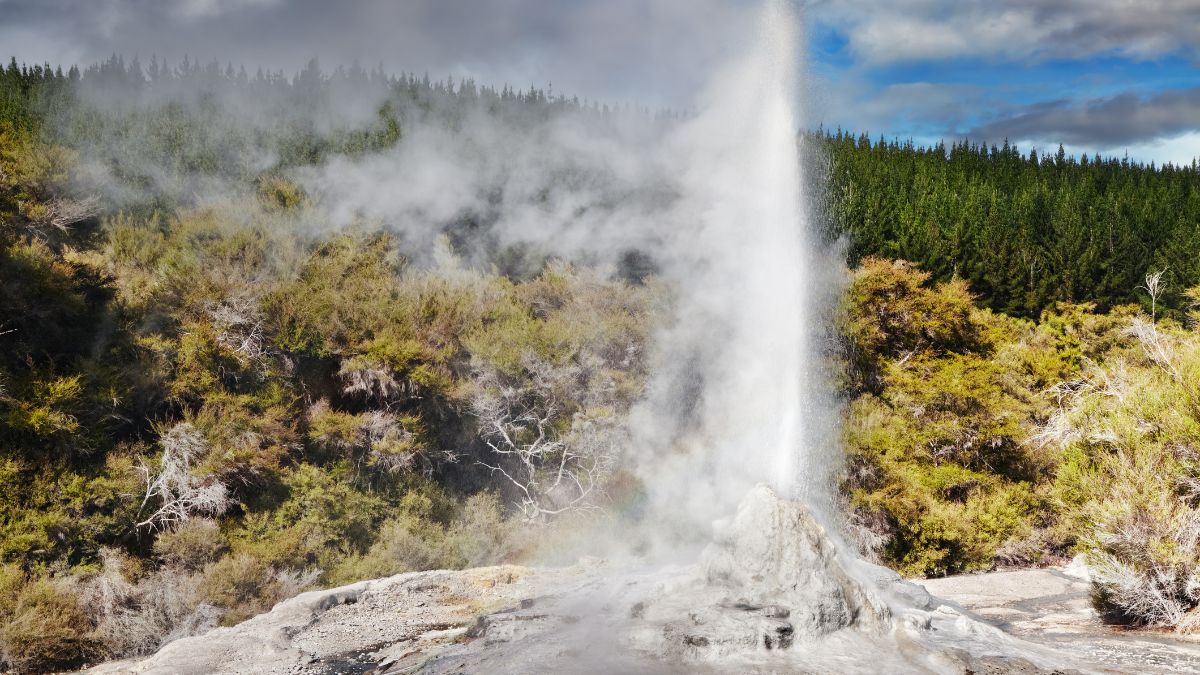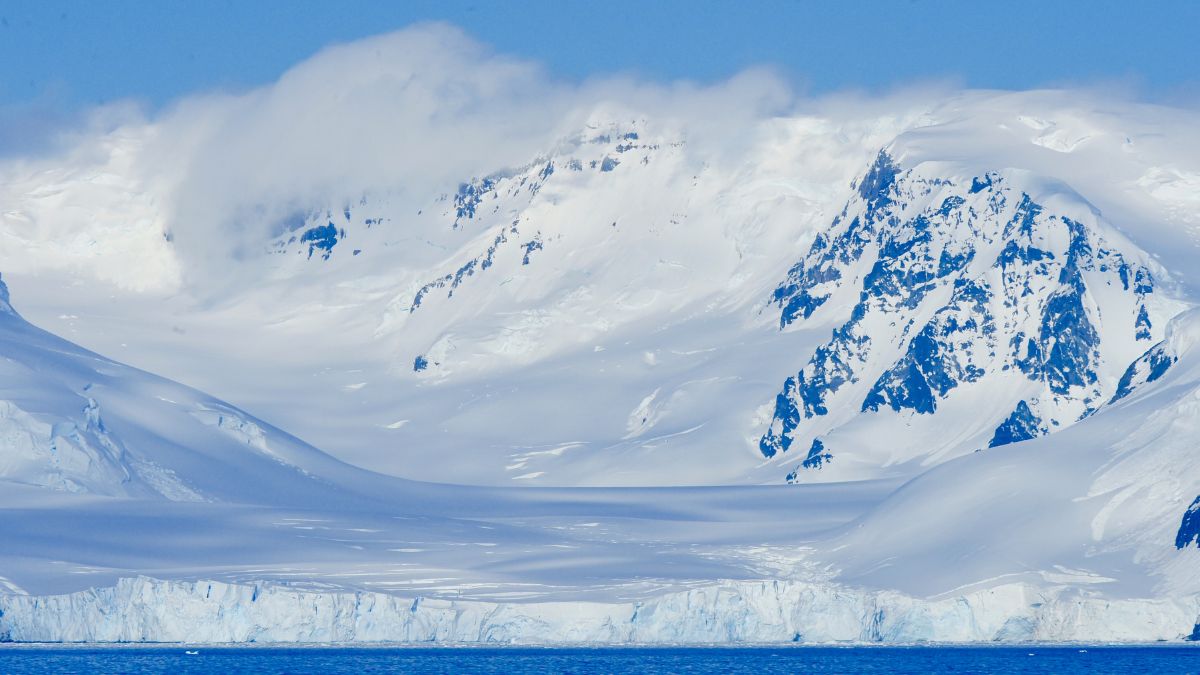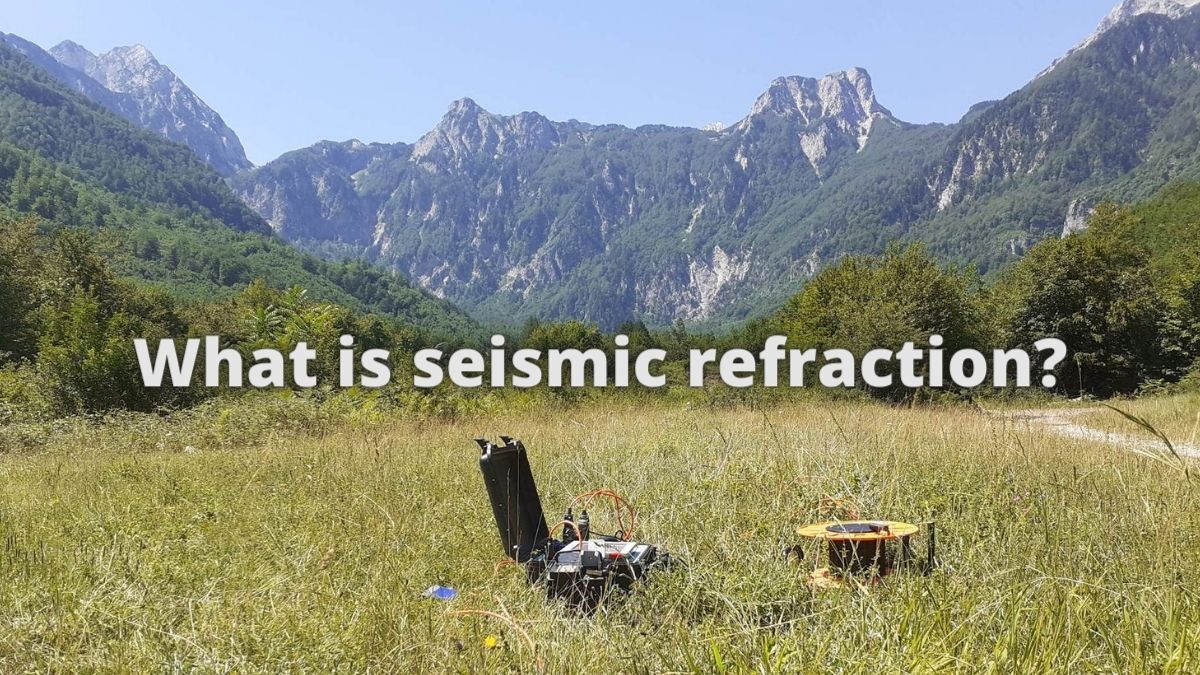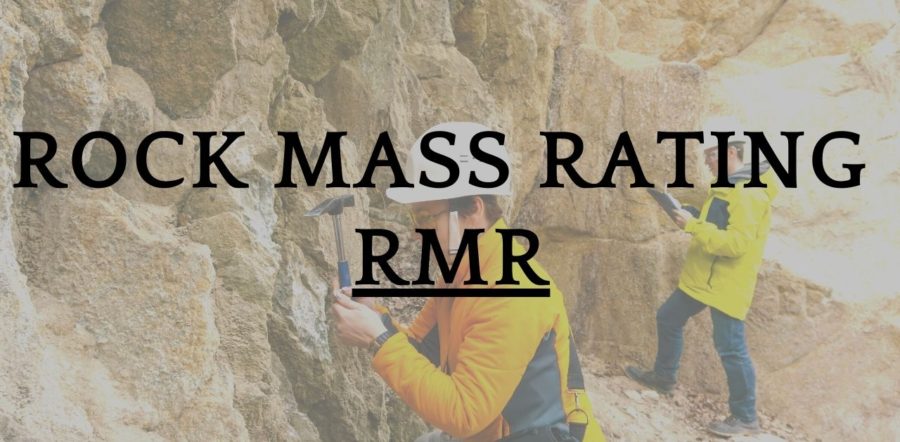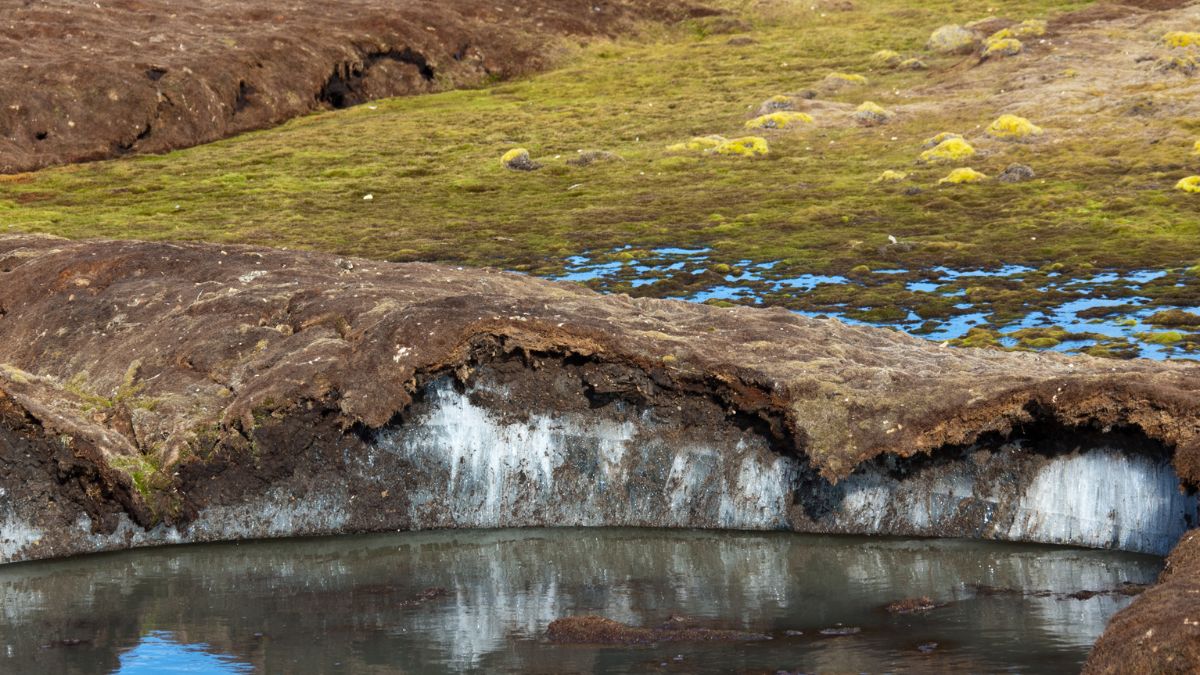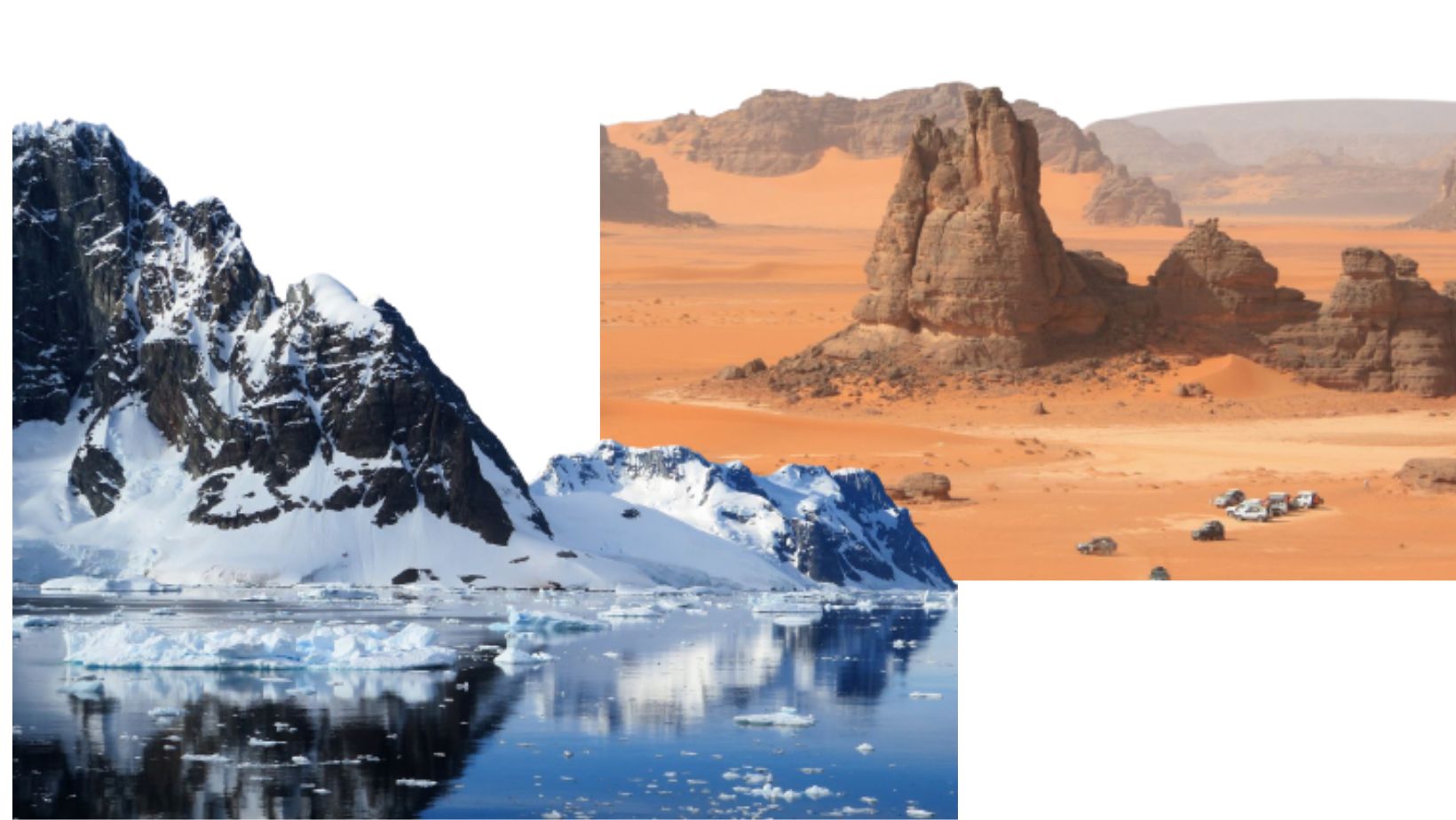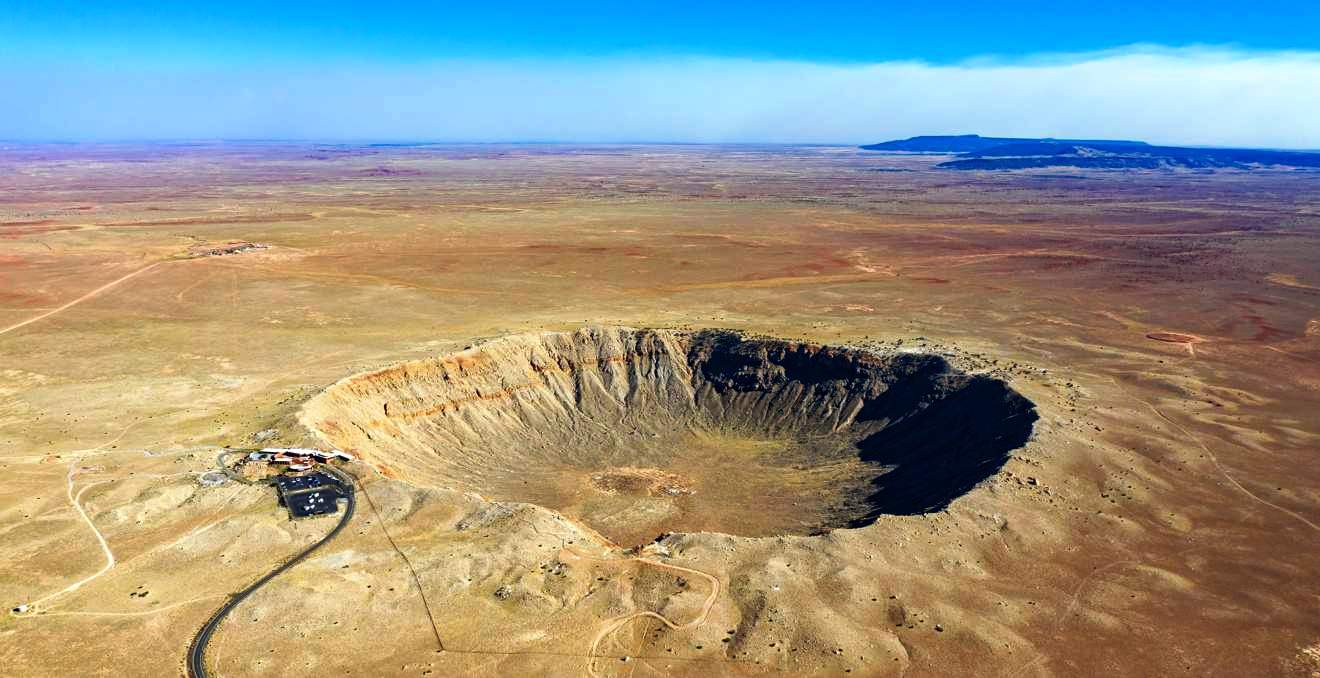
Rock to Soil Transition: Understanding the Process
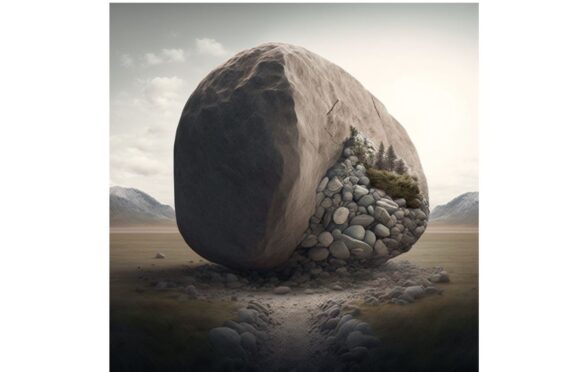
Introduction
Rock to soil transition refers to the process by which solid rock turns into soil over time. This occurs due to a combination of physical and chemical weathering processes, which break down the rock into smaller and smaller particles, eventually forming soil. In this article, we will discuss the key steps in the rock to soil transition process, as well as the factors that influence it.
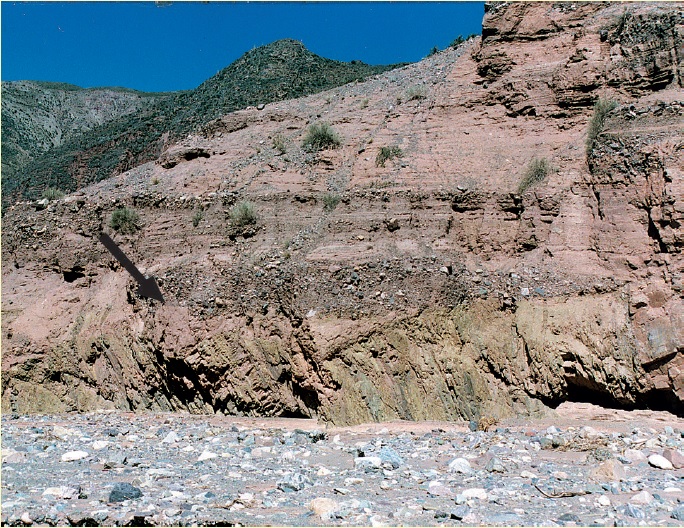
Physical Weathering
Physical weathering is the process by which rocks are broken down into smaller pieces due to physical forces such as freeze-thaw cycles, abrasion, and pressure. For example, when water seeps into cracks in a rock and then freezes, the expanding ice can cause the rock to crack and break apart. Similarly, wind and rain can wear away the surface of a rock over time, breaking it down into smaller pieces.
Chemical Weathering
Chemical weathering is the process by which rocks are broken down into smaller pieces due to chemical reactions. This occurs when rainwater and other natural substances interact with the minerals in the rock, causing them to dissolve or break down into smaller particles. For example, when rainwater reacts with calcium carbonate, the calcium carbonate can dissolve and the rock can break apart.
The chemical weathering rate equation is:
R = k * C * A * T
Where:
R = chemical weathering rate
k = rate constant
C = concentration of dissolved ions in the water
A = surface area of the rock
T = temperature
The value of the rate constant, k, can vary depending on the specific mineral being weathered and the type of reaction taking place. This equation represents a general relationship and the actual rate of chemical weathering can be influenced by many other factors, such as the presence of organic matter and the availability of moisture.
The chemical weathering rate, R, is typically expressed in units of mass per unit area per unit time, such as milligrams per square centimeter per year (mg/cm^2/yr) or grams per square meter per year (g/m^2/yr). The choice of units depends on the specific application and the scale of the study, but it is common to use units of mass per unit area per unit time to express the rate of chemical weathering.
Factors Influencing the Rock to Soil Transition
There are several factors that can influence the rock to soil transition process, including climate, vegetation, and the presence of organic matter. In areas with high rainfall, for example, the rate of chemical weathering is generally higher, as the rainwater is able to interact with the minerals in the rock more effectively. Similarly, vegetation can help to accelerate the rock to soil transition by adding organic matter to the soil and improving its structure.
Conclusion
The rock to soil transition is an important process that helps to create fertile soil, which is essential for plant growth and the development of ecosystems. By understanding the key steps in the process and the factors that influence it, we can better appreciate the role that weathering plays in shaping the natural world around us.


Petroleum Geologist Salary: An In-Depth Guide


